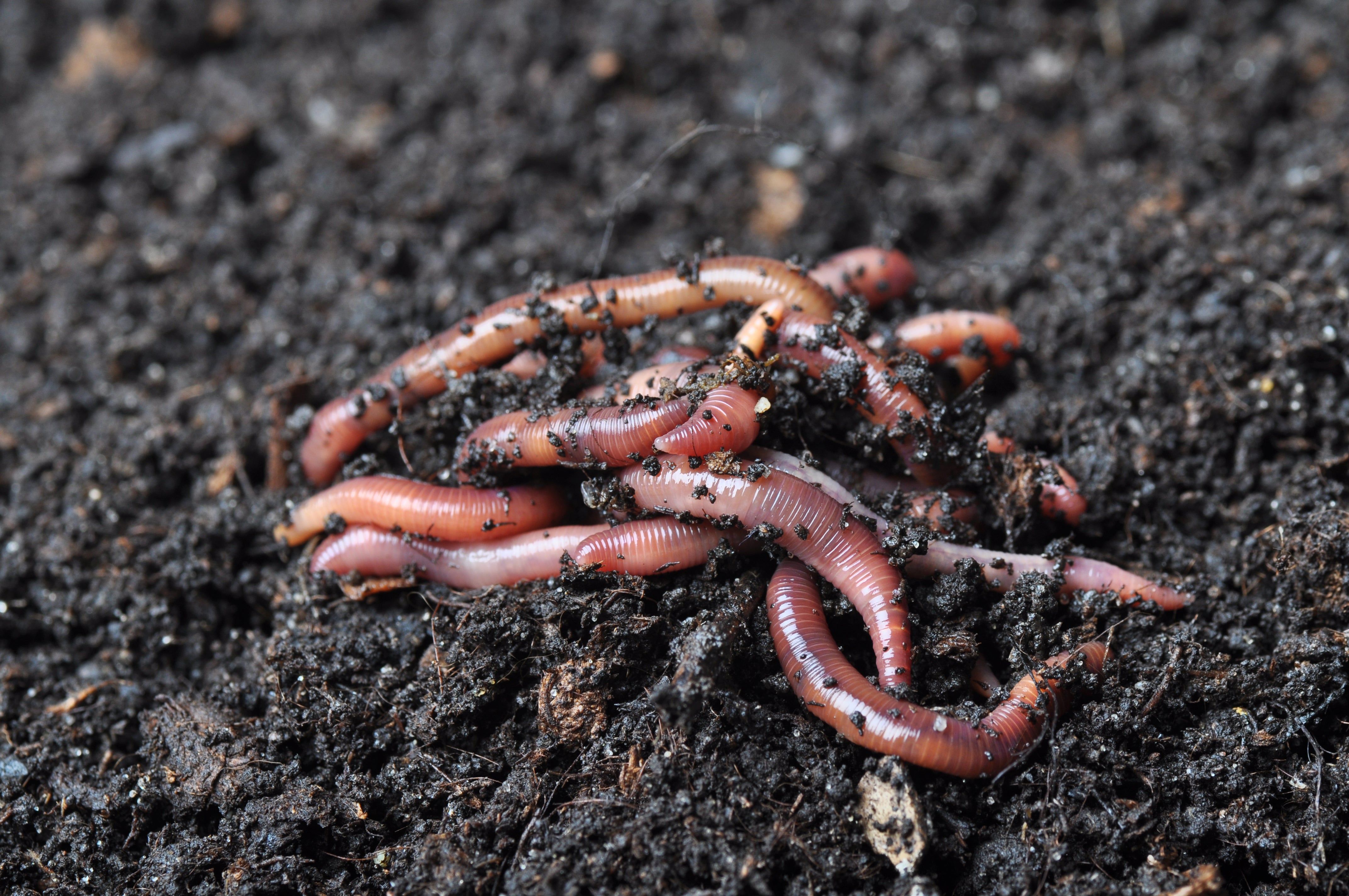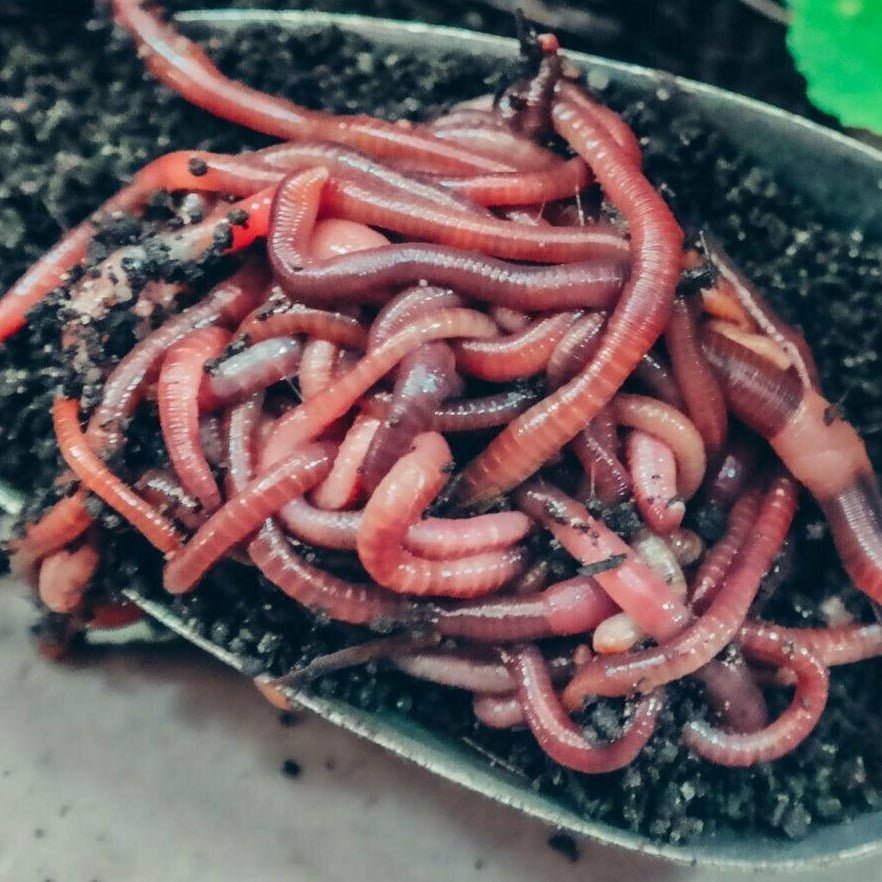Red Wigglers: The Unsung Heroes of Organic Waste Recycling
Red wigglers, or Eisenia fetida, offer as vital representatives in the natural waste reusing procedure, transforming discarded materials right into valuable vermicompost. As the world increasingly looks for options to battle waste build-up and boost agricultural performance, recognizing the role of these worms becomes important.
What Are Red Wigglers?
The remarkable strength of red wigglers, scientifically called Eisenia fetida, underscores their vital duty in organic waste recycling. These small, reddish-brown earthworms are typically located in decaying natural matter, such as compost heap and manure heaps. Lake Hickory Bait. Unlike other earthworm species, red wigglers prosper in nutrient-rich settings and are highly efficient at breaking down natural materials, making them essential for vermicomposting

Advantages of Composting With Worms
Composting with worms, especially red wigglers, offers countless benefits that boost both waste administration and dirt wellness. First, these worms successfully damage down organic waste, transforming it right into nutrient-rich vermicompost that enhances dirt. This process accelerates disintegration, enabling a faster recycling of kitchen scraps and various other organic materials contrasted to standard composting techniques.
In addition, the vermicompost generated by red wigglers is including valuable microorganisms, which aid boost soil framework, aeration, and dampness retention. This improves the total health of plants, promoting strenuous growth and boosted yields in yards and agricultural setups. The usage of worms in composting minimizes the manufacturing of greenhouse gases, such as methane, adding to a much more sustainable waste management system.

Just How to Begin Vermicomposting
Developing a vermicomposting system is a simple procedure that can yield considerable benefits for both waste management and soil enrichment. To begin, select an appropriate container, such as a plastic container check here or wooden box, with ample air flow openings to ensure appropriate airflow. The measurements must preferably be about 2 feet by 3 feet, enabling enough room for the worms to thrive.
Next, prepare bedding material, which can be composed of shredded paper, cardboard, or coconut coir. This bedding should be moistened to develop an appropriate environment for the worms. When the bedding is in area, introduce red wigglers (Eisenia fetida) right into the bin, commonly around one extra pound of worms for every single square foot of surface area.
Complying with the placement of worms, add organic waste, such as vegetables and fruit scraps, coffee grounds, and smashed eggshells. Prevent including dairy products, meat, or oils, as these can develop smells and bring in parasites. Place the bin in a shaded, temperature-controlled location to preserve ideal conditions for worm activity. With these steps, you will effectively launch a vermicomposting system that adds to sustainable waste administration and enhances your soil.
Preserving a Healthy And Balanced Worm Bin
Delicately blending the bedding and food scraps every few weeks avoids compaction and makes sure that all worms have accessibility to oxygen. In addition, it is vital to feed the worms appropriately.
Temperature guideline is an additional essential facet. Red wigglers prosper in a variety of 55 to 77 degrees Fahrenheit. If the container ends up being also hot or cold, the worms may end up being stressed out - Lake Hickory Bait. Last but not least, periodically look for signs of health and wellness, such as worm population growth and the presence of healthy castings. By diligently handling these aspects, one can preserve a robust and productive worm bin.
Effect On Sustainable Living
The successful upkeep of a worm container not only benefits the health of red wigglers but additionally adds dramatically to lasting living practices. By reusing organic waste, such as kitchen scraps and backyard particles, red wigglers assist divert significant quantities of material from land fills. This reduction in waste not only lowers greenhouse gas exhausts however also lessens the ecological worry connected with waste management.
Moreover, the spreadings produced by red wigglers serve as a nutrient-rich natural plant food, enhancing dirt health and advertising plant development. This all-natural alternative to chemical plant foods supports lasting agriculture and horticulture techniques, minimizing reliance on artificial inputs that can harm environments. In addition, worm composting promotes awareness of waste management, encouraging individuals and communities to embrace even more sustainable behaviors.

Conclusion
In summary, red wigglers serve as important contributors to organic waste reusing through their reliable disintegration of natural products. Their capacity to generate nutrient-rich vermicompost enhances soil health and supports sustainable agricultural techniques. By incorporating vermicomposting right into waste monitoring strategies, individuals and communities can significantly minimize waste while advertising environmental sustainability. The function of Eisenia fetida in fostering healthy ecosystems highlights the value of these organisms in accomplishing sustainable living and enhancing soil fertility.
Comments on “Take Care of Your Lawn with the Best Products from Lake Hickory Bait”